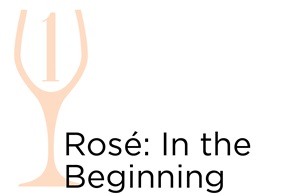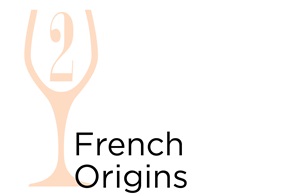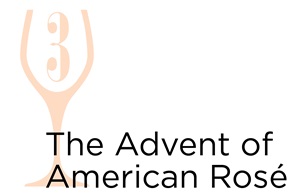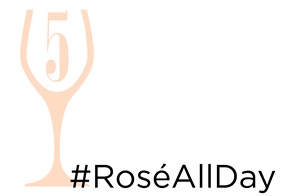In case you haven’t noticed, rosé has become somewhat of a phenomenon in the wine industry. Five years ago, the pink varietal was in the midst of a sales drought. Now, the rosé category is in full bloom and shows no signs of stopping anytime soon.
We are, simply, in the age of rosé.
With that said, Breakthru wanted to take a moment to reflect on the rich history of rosé and find out just how we arrived at the age of rosé. We’ve collected some of the key historical checkpoints of the popular wine from one of our resident experts from Breakthru Florida, Alan Paquette.

Alan Paquette: In ancient Greece, the Greeks began producing wine all the way back in 600 BC. By 125 BC, word had spread across the Mediterranean that the Greek’s rosé was known for its very high quality.

Most people associate the origin of rosé with the region of Provence, France’s oldest vineyard and the largest rosé-producing region in the world. The Provence region is focused on the art of dry rosé production and is the only winegrowing region to devote over 88% of its production to rosé wines.

For decades, the reputation of rosé in America was that it contained two distinct qualities—sweet and cheap. Most people associated it with white zinfandel and didn’t care to understand the difference.
Since 2000, the demand for Provence and other dry French rosé began in American coastal resorts such as Nantucket, The Hamptons and Miami where vacationers requested Provence rosé based on their experiences dining in the French Riviera.

Few products have ever exploded quite like rosé has over the last five years. In 2014, one in 200 bottles purchased in the U.S. was rosé. Today, it’s one in 20, and sales in the last year has doubled. Rosé sections have grown on seemingly all restaurant wine lists, and retailers devote more space to the category as well. Almost every large wine producer or importer introduces a rosé line extension to keep up with the trend.

Today, rosé’s popularity has sparked some of the most popular social media movements when it comes to wine, including #RoséAllDay, which positions rosé as a trendy pick for all dining situations, and #Brosé, the social hashtag used to indicate that yes, men proudly drink rosé, too.